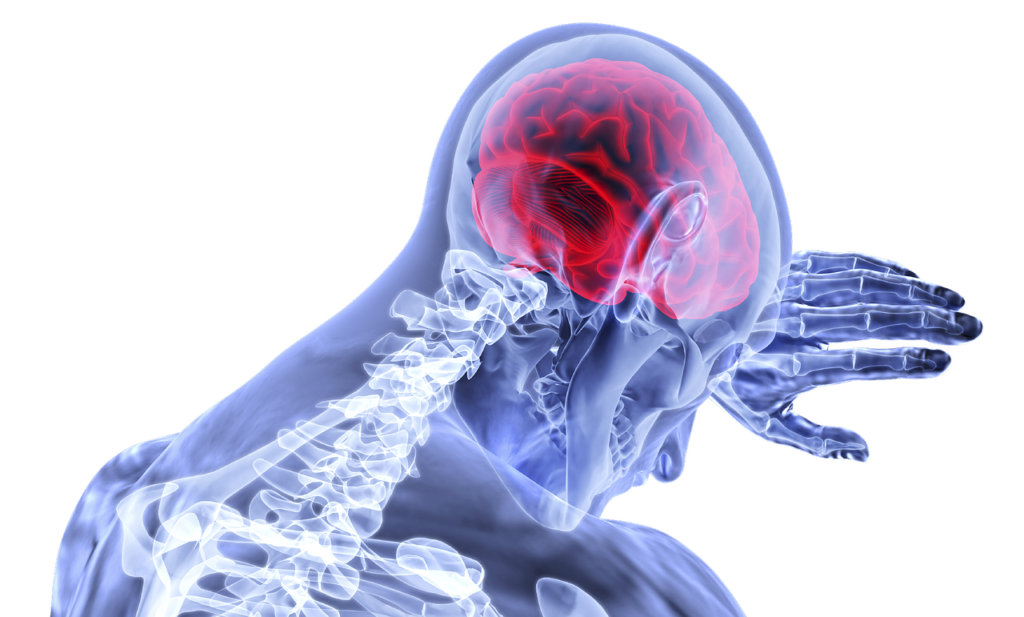Did you know that restricted joint motion in the spine can cause damage to the brain and increase stress hormone levels?
Restricted joint mobility results in the decreased firing of movement receptors and increased firing in nerve fibres sending information about pain. ‘Peripheral sensitization’ is the term used to describe this process by which pain receptor thresholds are lowered. In this state, they are capable of being stimulated by minimal input such as light touch and normal body movement (1)
Furthermore, research has found that reduction or absence of stimulation joint position/motion receptors over a prolonged period of time can result in profound damage to the human neurocognitive system (2).
Once pain sensation reaches the brain stress hormone release and seemingly unrelated symptoms could develop in response to a sensitised restricted spinal joint. In some mild states of joint restriction, these stress responses can occur without the experience of conscious pain (3).
In short, a dysfunctional spinal joint could turn into a chronic unconscious stressor of your brain and decrease your overall state of health.
(1) Seaman, D.R. Joint complex dysfunction, a novel term to replace subluxation complex: etilogical and treatment considerations. JMPT 1997;20 (9)
(2) Gallo and Furman 2000 “The neuro physics of human behaviour”
(3) Seaman, D.R. Dysafferentation: a novel term to describe the neuropathophysiological effects of joint complex dysfunction. A look at likely mechanisms of symptom generation. JMPT 1998;21 (4)

